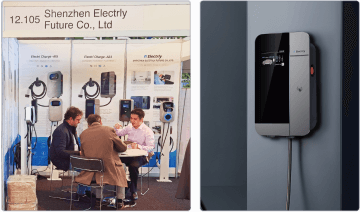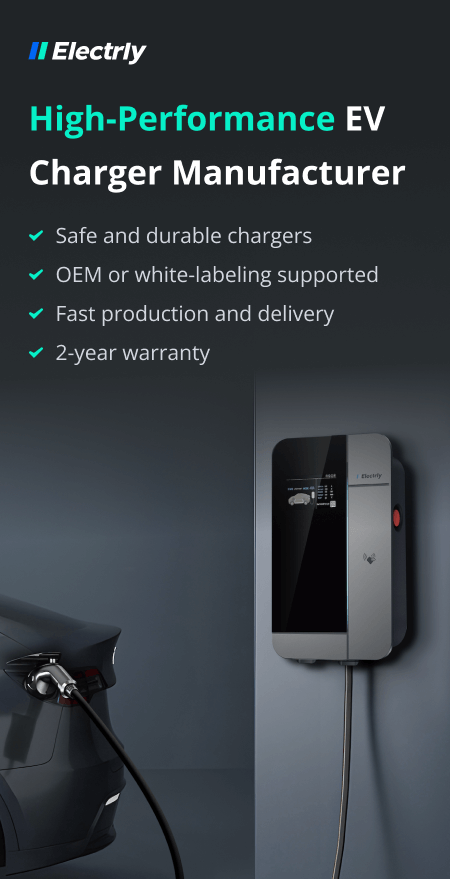Introduction
While getting into the EV club might be exciting, considering every option on the ground before making your decision can be very rewarding.
The choices are usually between Battery Electric Vehicles (BEV) and Plug-in Hybrid Electric vehicles (PHEV), but it’s never easy to choose between these two options. Various considerations, factors, and indicators need critical analysis before concluding on the most suitable electric vehicle for you. We’ve put this article together to help you consider the critical things in choosing the most suitable EV for you. So, if you are ready, let’s begin.
1. What is a Battery Electric Vehicle (BEV)?
To begin with, a Battery Electric Vehicle (BEV) is unlike a conventional vehicle powered by gasoline. Instead, it is powered solely using electric power. Now here is the thing, while a conventional vehicle refills its gas tank to ensure longer mileage during commutes or long-distance travels, a BEV simply needs to recharge its batteries for the same purpose. But the most important distinguishing feature of a BEV is that, unlike the gasoline engine that has a complex arrangement of gears, pulleys, and pistons making up the engine, a BEV has none. Moreover, the conventional vehicle calculates its mileage potential based on its engine size, combustion rate, and fuel tank size. A BEV primarily considers its battery size for the same reasons.
It turns out that the lack of a combustion engine in a BEV automatically eliminates an exhaustion outlet, as there are no fumes or carbon emissions to consider during its design. And in fact, the absence of carbon emissions from BEVs is one remarkable advantage over conventional vehicles and why many individuals and governments are beginning to look in its direction. It promotes a cleaner and healthier environment and ensures a better-protected atmosphere free from ozone-depleting emissions. Nonetheless, you’ll need a decent charger to charge your battery for efficient performance.
2. What is a Plug-In Hybrid Electric Vehicle (PHEV)?
On the other hand, a Plug-in Hybrid Electric Vehicle (PHEV), is a mix of the BEV and a conventional combustion engine vehicle. Hence the hybrid in the name. It has a combustion engine powered by gasoline and a rechargeable battery.
But how does this work?
The battery powers the motors of the vehicle for as long as it is charged, but once depleted, it switches to gasoline for power. Sounds simple? Well, it’s not. There is a whole lot of engineering involved. However, technology has rapidly improved over the years to make things a bit simpler.
The PHEV serves many individuals who are just taking baby steps in transitioning to electric vehicles but don’t want to entirely leave their gasoline experience behind just yet. Still, PHEV can only do about 30 to 40 miles on a battery charge before switching to a gasoline engine.
3. What are the Benefits of a BEV?

source: @drive.com.au
To put it simply, BEVs are a timely response to the menace caused by fossil fuel vehicles’ alarming carbon emission rate. However, their benefits are immense, and we’ve included the most important ones below.
- Easy to understand
The internal workings of BEVs are easier to understand than gasoline-powered vehicles, which are made of a complex arrangement of gears, pulleys, and cylinders. In addition, the moving parts in a BEV are few, so there are no worries about parts to oil or maintenance on a regular schedule.
- Reduced cost
The long-term savings from reduced maintenance costs often add up to huge sums. There are very few component repairs or replacements for things like tires, windshield wipers, and wheel covers but never major engine components which is the case for combustion engines. The battery is the primary consideration for BEV owners.
- Environmentally friendly
This is the most important benefit for many governments and individuals as BEVs help reduce the carbon emission and footprints caused by fossil fuels to the environment. In addition, it means cleaner and healthier air and more ozone protection from harmful Ultraviolet rays.
- Exciting
Ever wonder why more people are yearning and saving toward their first BEV? One reason is the excitement it brings. Driving a BEV is such a pleasant and fun experience, and it is so classy it makes conventional vehicle owners green with envy when they see BEV owners driving their vehicles.
4. What are the Benefits of a PHEV?
There are so many benefits the PHEV brings for owners. Some of the important ones have been highlighted below.
- Purchase cost
The purchase price is often lower than a full BEV since it has a smaller battery, given that an EV’s battery makes up the bulk of its purchase price. And even though the PHEV has a gasoline engine, the money spent on gasoline is also reduced compared to a fossil fuel vehicle.
- Flexibility
A gasoline engine and a battery-powered vehicle bring a high level of flexibility not available in other vehicles. In addition, these options give you a feel of both the old and the new technology in one take, as you can immediately switch to gasoline once you run out of battery juice.
- Quick charging
The small battery size of the PHEV makes its charging quicker than for a full BEV, which means you don’t have to spend the whole day or night trying to boost battery power, as with some BEVs.
5. Considerations when you Choose between a PHEV and a BEV
When buying an electric vehicle, understanding the workings of the two options available in the market is the first step in choosing a suitable one for your needs. However, several other considerations will quicken your decision.
- Your driving patterns
This factor is based on the average distance you cover while driving daily. If you drive around your neighborhood, far into the city, or move between states daily, your battery power consumption will vary significantly. Therefore, you should study your driving patterns critically within a week or two to ascertain your average daily distance covered. This calculation helps you decide quickly between a PHEV or a BEV since they have different battery capacities signifying how far they can carry you through your daily commute. For instance, a PHEV can only support you for about 20 to 40 miles which is approximately the daily commute of most American drivers.
- Home or Work charging?
While you typically can charge your EVs from a residential power socket, it can take a lifetime to fully charge your battery. Heck, it’s not called trickle charging for no reason. However, you’ll need to survey your work area to find a public charging station within a few feet of your parking lot if your employer does not provide charging for its employees. Nevertheless, you may have to resort to charging your EV at home if you can’t find a charging station close to your parking space at work. After all, most people sleep at some point during the day and can use that opportunity to charge their EVs. You can also install a Level 2 EV charging station to make your home charge faster.
- Cost savings
There are several ways you can save money with an electric vehicle, which can be either short or long-term. The short-term savings is often with the initial cost of the purchase, in which case you may want to consider getting a PHEV as it is often cheaper to purchase than the BEV. The reason is usually due to its small battery size. However, for long-term cost saving, BEV ticks the box. Though BEV is pricier initially due to its big battery size, the long-term savings are huge. In addition, you don’t buy gas, it has little to no maintenance cost, and you may be eligible for government incentives.
- Clean air
If you focus on clean air and reduced environmental pollution, your choice may sway more towards BEV. The reason is that though a battery powers a PHEV, a gasoline engine takes over once the battery juice runs out. There is a high chance that you will eventually have to switch to a gasoline engine sometimes, which results in some carbon emissions. Only BEV will help lower carbon footprints significantly.
Conclusion
What does this all mean? It all comes down to understanding the essential differences between a PHEV and a BEV well enough to help you make the best choice. Still, if you don’t partner with a quality manufacturer of Electrly chargers like Electrly, you may not get the best out of your EV. Electrly has a consistent track record of quality delivery with EV charging solutions. Also, they are committed to innovative EV charging solutions that have won the heart of their customers over the years. Most importantly, Electrly has one of the most competitive prices in the industry, giving every EV owner a chance at quality without breaking the bank.


